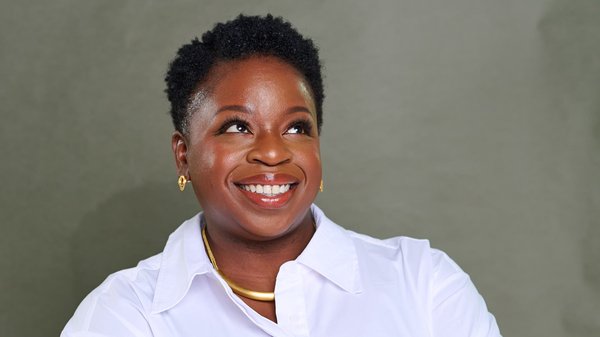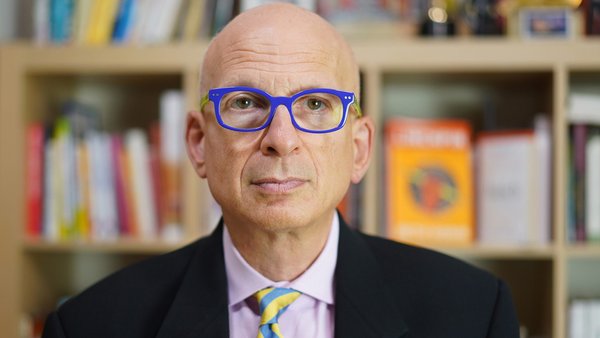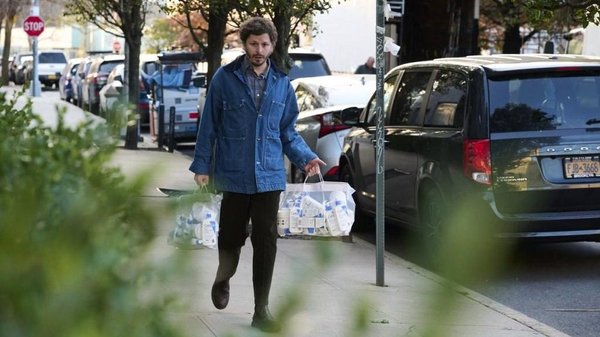Charlene Charity’s Strategy Diet /
Digitas UK’s strategy chief shares her tips and techniques for better strategy.
James Swift
/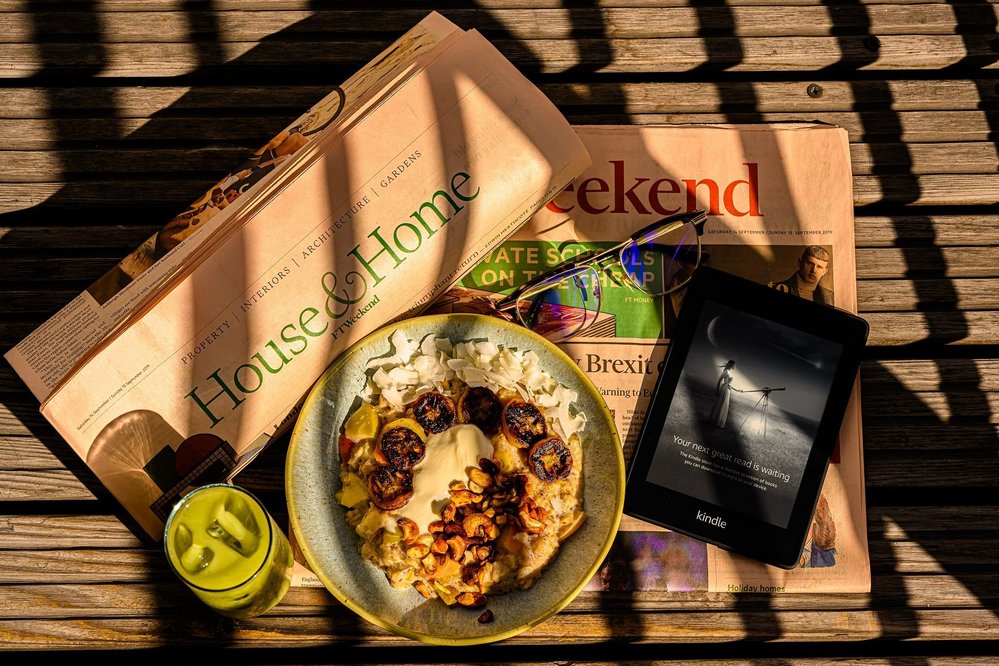
Have you ever wanted to know what the ad industry’s sharpest strategists feed their brains on a daily basis, or what resources they swear by when tackling a brief?
We have. So we’re asking.
Charlene Charity is head of strategy at Digitas UK, where in addition to leading the strategy team she is responsible for developing the agency’s expertise in customer engagement.
Prior to joining Digitas, Charity ran her own diversity and inclusion consultancy, The Diversity Partnership. Before that she worked at Amazon, where she was head of live sport marketing and helped launch the platform’s Premier League coverage.
What media do you consume that makes you better at your job or helps you think about strategy generally?
The FT Weekend is my regular go-to, the overview of the global economy and the broader market conditions my clients are operating in is key to understand, and helps to identify opportunities and risks that are the result of the knock-on effects of economic movement. I also appreciate the features on the arts and aspects of cultures often through a business lens. On a personal level, I also find it a relaxing read at the weekend, in bed, or in my kitchen with a cup of tea. The size and colour of the publication and not having to interact with a screen make it feel so indulgent to me!
I’m also a big podcast fan. During the week, whilst I’m cleaning up after dinner I’ll pop on a podcast. Steven Bartlett’s diary of a CEO is an easy one to consume – he attracts brilliant guests and covers interesting subjects.
I was recently recommended a podcast called ‘What’s your problem?’ by Jacob Weinstein. Here entrepreneurs and engineers talk about the future, what they’re trying to build, and the problems they are having to solve to get there. I love it as subjects are often leftfield compared to the types of problems I solve at work – things like how to grow new human tissue in labs in less expensive ways and how to make an ‘uncrashable’ car.
Are there any resources that you typically turn to first when working on a brief?
I have a basic but (generally) fail-safe approach, the four C’s and the resources that accompany them. This method helps me to gain a 360-degree view of the world of the client and their audience.
- Company: Via annual reports and any internal results, acquisition and retention reports I can get my hands on.
- Customer: Clients’ customer insights a few quick OnePulse surveys to get general reads of how customers are feeling about the client, product, or service are handy. Reviewing social listening data and comments is also key here.
- Cultural context: industry reports, publications and the tabloids are good here. As well as general sentiment or ramblings on Twitter and Discord around key cultural events or situations.
- Competitors: Whilst researching the above, it's often easy to incorporate an understanding of competitions, their positioning, strengths and challenges.
Who is someone that you follow/read/watch for their opinions and ideas?
I was lucky enough to work with James Whatley, now CSO at Diva, when I first started here at Digitas. I love reading his ‘Five things on a Friday’ newsletter. It’s a unique blend of interesting updates, commentary and the latest trends in the gaming and tech related industries. All delivered in a matter-of-fact, easy-to-digest and down-to-earth style. Like most strategists, I get tens of newsletters and alerts into my inbox but always take the time to read this one. Anyone still confused about whether the metaverse exists or not, should read his thoughts about this to achieve their ‘a-ha moment’.
I’m also a member of two fantastic groups, that give me access to views, thoughts and opinions of some super smart brains that I wouldn’t have access to elsewhere.
- BlackStrat – a WhatsApp group of over 150 Black strategists across the globe from a range of agencies, client side roles and backgrounds. This crew regularly share thoughts, ideas, experiences, resources and I wouldn’t be half as clued up without them.
- MiMs – Mum’s in Marketing. A tight community of over 5,000 marketing professionals who work in marketing who also happen to have children. This is an active community, with weekly L&D sessions, regular socials and opportunities to learn and share on marketing and parenting related topics.
Is there anyone or any resource that you think strategists rely on too much that is counterproductive or unhelpful?
I think not accessing any resources is probably the only bad idea. Even if it’s to validate, refresh your thinking or to seek an alternative view.Likewise, overly relying on one resource can also be limiting and unhelpful. It's key that strategists try to remain as objective and open-minded as possible, as operating in an echo chamber is dangerous and unhelpful.
I think it’s important to take the time to understand the counterarguments and views of people you don’t necessarily align with. Understanding all sides of an argument, challenge or problem in society helps understand how people think and what motivates and inspires them to act.
What do you think is the most underused resource for better strategy?
The power of diverse thinking. Within Publicis Groupe, we have the luxury of a bank of specialist and generalist strategic thinkers that we can rally together. Within Digitas we have strategists that work across media, consulting, products and platforms and UX to leverage. We also connect with strategists across Saatchi & Saatchi, Leo Burnett and Octopus. And I’m lucky to say that my team and I regularly work with many of these magnificent minds. The ability to connect and share ideas and insights, stress test hypotheses, and challenge thinking is fantastic. It is also important to have a broad representation of people from different backgrounds, to create more diversity of opinions and improve the thinking even more.

Is there anywhere you go when you’re struggling with a brief or a place that seems to help you work or think?
I’m lucky enough to be on the doorstep of Ally Pally and you’ll often see me marching up one of the many hills there after I’ve got the kids off to school, muttering to myself and trying to make sense of it all. A combination of the greenery, quiet mornings and massive inclines keeps my mind from wandering too much.
Office etiquette: music or no music?
I love the buzz and hearing different artists. I really struggle with concentration, particularly since lockdown, so if I need to get my head down and I don’t want the music, I’ll work from home or in a meeting room.
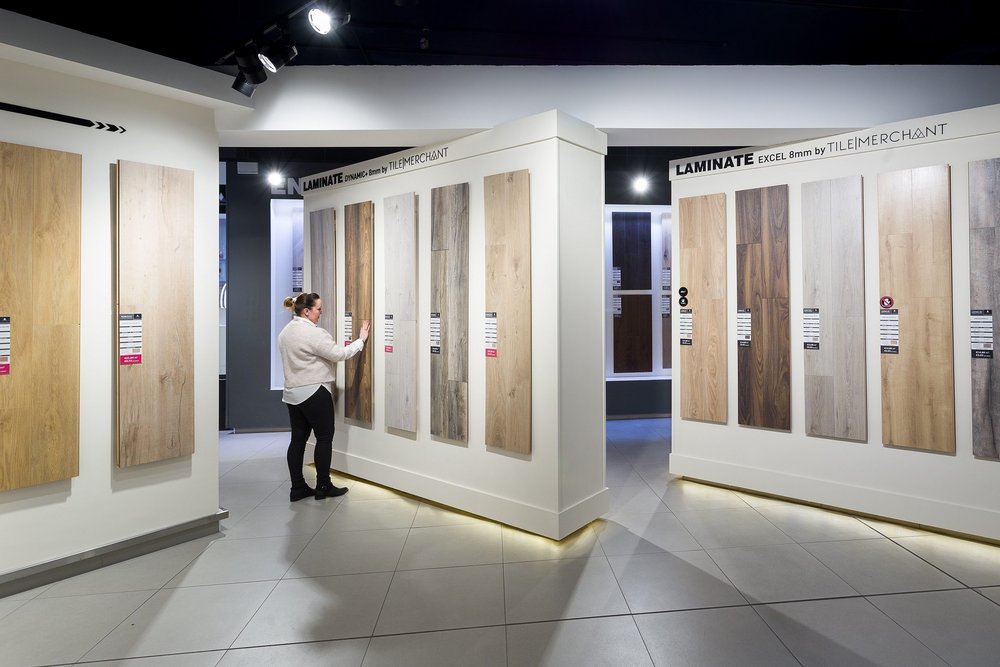
Photo by Tile Merchant Ireland on Unsplash
What’s the best free resource for a strategist?
Supermarkets, showrooms, listening in on calls in call centres – wherever your target audiences are or where you want them to be. Watching customers in the environment you want them to be in, and seeing how they interact and where the pain points and tensions are, is super helpful.
Frontline employees like sales staff or call-centre advisors are an invaluable resource, the ability to learn from people that deal with customers every day to really understand the best and worst of their experiences can shortcut a lot of research and can help validate or blow out hunches.
What sort of media/resources would you recommend to someone just starting their career as a strategist?
Apart from the obvious industry publications and social media channels, I’d also look at and read what your clients are reading. The FT, Economist, relevant podcasts and client-targeted marketing publications, and some of the broadsheet supplements. Understanding what they are worried about and learning to think like a client will get you miles ahead quickly.
What’s something that happened in pop culture that showed a better understanding of people than advertising?
On a recent weekend on my local high street I saw 76-year-old Michael Rosen stop traffic as he was engulfed in flurry of selfies by a handful of teenagers. With lots of bemused older people (including me!) looking on, the only rationale I could make was that it was because he was the Children’s Laureate from 2007-2009. I asked my 11-year-old (who looked equally baffled when I mentioned the term ‘Children’s Laureate’) if this was the case, but he explained it was because of his ‘nice’ meme.
I thought this was brilliant! The introduction and use of meme culture shares a great insight into the communication methods of younger (and older!) generations. How we leverage small snippets of emotionally evoking content and creativity to express ourselves and connect with others. And how contagious and hilarious the experience can be (calling out Rickrolling that’s still going strong after about 15 years!).
It also warms my heart that such a wonderfully talented person as Michael Rosen, who has dedicated his career to young people is continuing to be relevant. The experience seemed to bring them and him (and now me!) so much joy.
Want more of the same? /
We don’t just write about best-in-class campaigns, interviews and trends. Our Members also receive access to briefings, online training, webinars, live events and much more.
